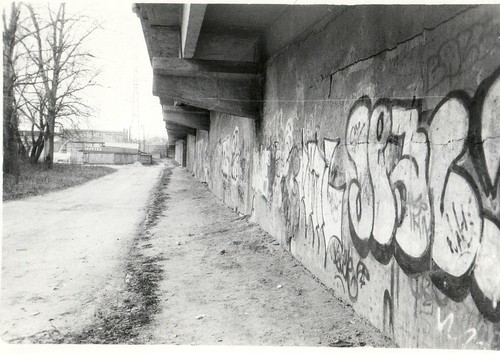Following Adams advice i'll contribute to increase some activity in here, with a question i had not researched yet.
Just did my first prints. Even if i didn't expect anything great, i exposed them at F8 and took great care to focus them at F2.8. Enlarging lens used was decent to good m39 camera lens (Industar 26m
http://pondriv.sunnyday.jp/camera/lenses/img_lens/industar_26m.jpg).
So if not looking at low contrast, fogging, uneven paper and other defects i expected the resolution to be better.
What are the most common resolution reducers when making prints and where should i start looking, to get some improvement.
Here is a scan of one print (click for full size):
Most of the fine "grain" visible in picture is some sort of noise from scanner, that appeared after i disassembled it.
Shot taken on FOMAPAN ISO400 film, that might have gotten some prolonged stay in camera, during warm (~27+ C) summer. Camera used canon autoboy (sure shot 35).


 Similar Threads
Similar Threads 







 )
)













